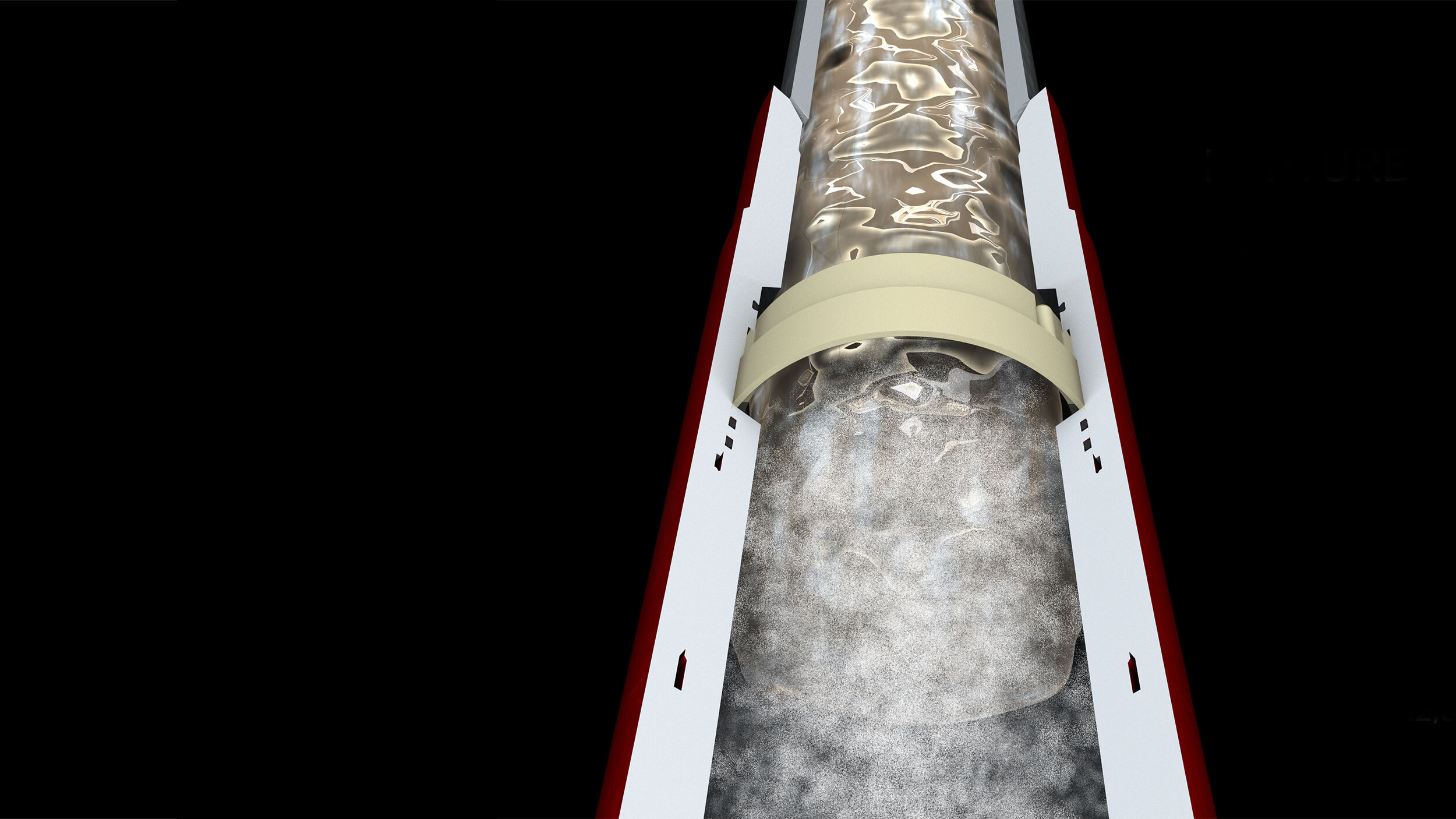 Search
Search
 Search
Search

AirGlide™ casing floatation collar improves casing RIH speed in unconventional ERD well
Download PDFUnconventional ERD well

Improve casing RIH speed and reach total depth

Argentina

Operators are constantly challenged to reduce well construction time to increase asset returns. New technologies are being explored for use in existing well schematics and casing strings to achieve this goal in extended-reach drilling (ERD) wells.
A regional operator averaged 51 hours to run-in-hole (RIH) production casing to reach total depth (TD). The goal was to optimize casing RIH speed in the horizontal production section of an ERD well (with deviations up to 90°) without incurring excessive pipe buckling stress that could prevent TD from being reached. In such scenarios, excessive pipe movement (rotation and reciprocation) is often necessary and can cause issues with equipment installed on the casing string. Using tools and technology available within the market, the operator wanted to minimize the risk associated with debris interference to float equipment and allow the cement wiper plugs to effectively wipe down the entire casing length, two key components of a successful cement operation.
Halliburton proposed using an AirGlide™ casing floatation collar equipped with an innovative glass disk in the 5-in. (21.4 ppf) production casing to minimize observed drag while RIH. This would alleviate casing weight, particularly in the horizontal section, reduce casing tension-compression stress, and optimize casing run speed. For this offline cement operation, a dedicated Halliburton plug container was recommended to help ensure pressure integrity and minimize the likelihood of leakage. For effective activation of the AirGlide collar, pressure was applied from the surface to disintegrate the glass disk into fine, sand-like particles and allow the cement operation to be performed.
An 8,500-psi-rated AirGlide collar was installed at 4532 m MD to create a 2500-m buoyant chamber and allow TD to be reached at 7043 m while navigating through deviations up to 90.23°. Referencing both lessons learned and dynamic stress simulations, 210 m of heavyweight kill mud was added to the bottom of the casing string directly above the float shoe to help guide the string past the kickoff point (KOP).
ft/min average RIH speed
psi applied for glass disk rupture
Hours rig time saved
The 5-in. production casing equipped with a frac sleeve was RIH at an average pipe speed of 100 ft/min for a total effective run time of 35 hours. A surface pressure of 877 psi was applied to rupture the glass disk, allow casing circulation, and permit the cement wiper plugs to pass through for an effective cement operation. This method saved the operator up to 16 hours of rig time compared to conventional run methods.
